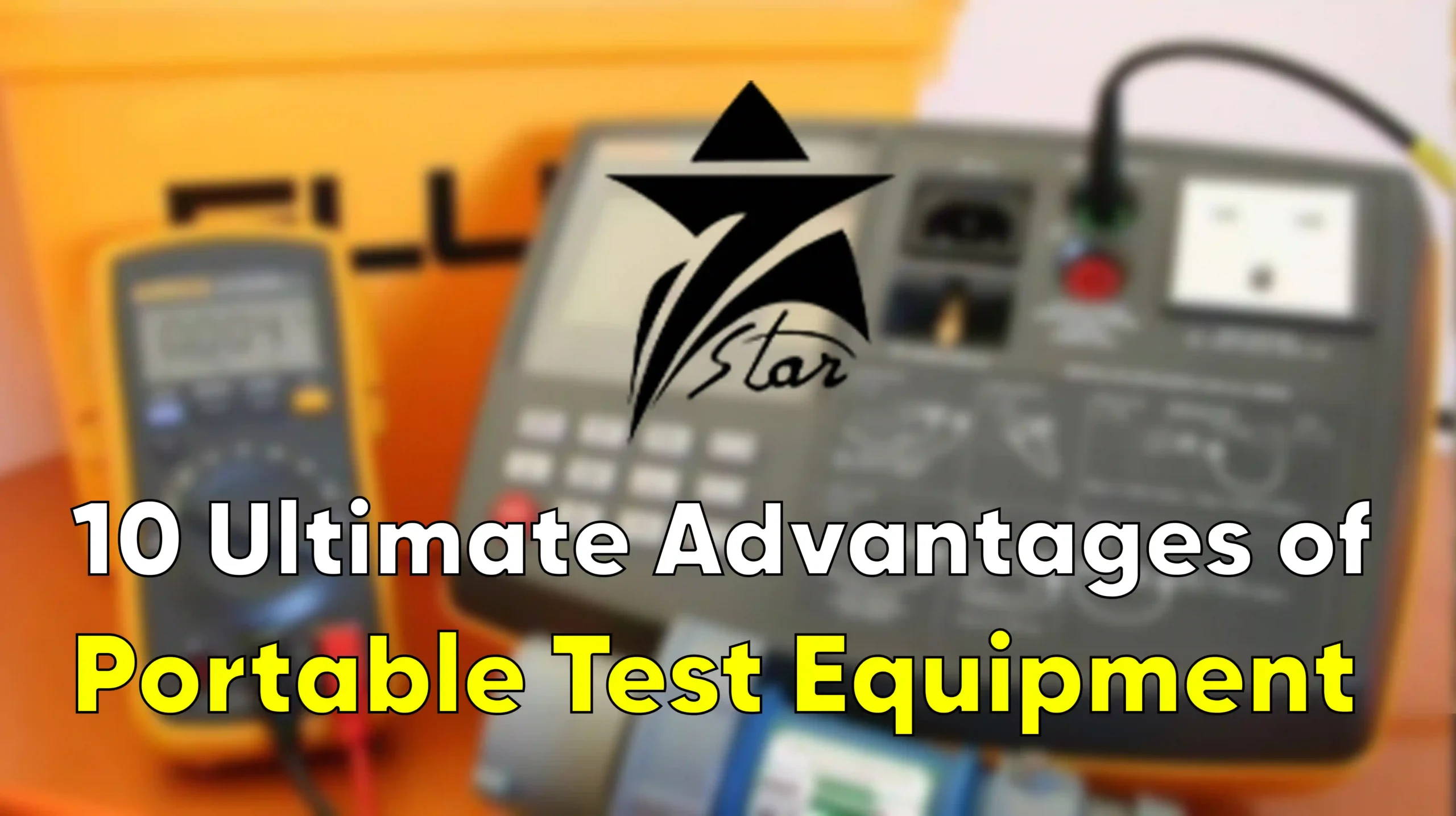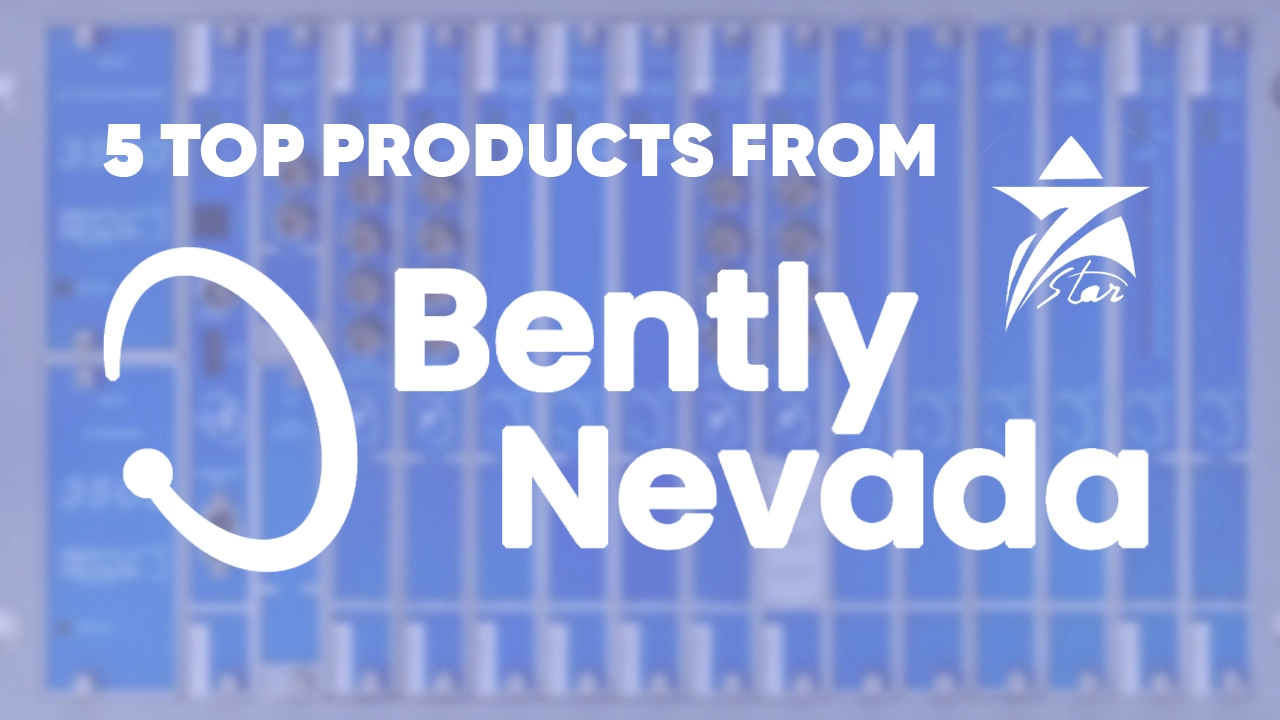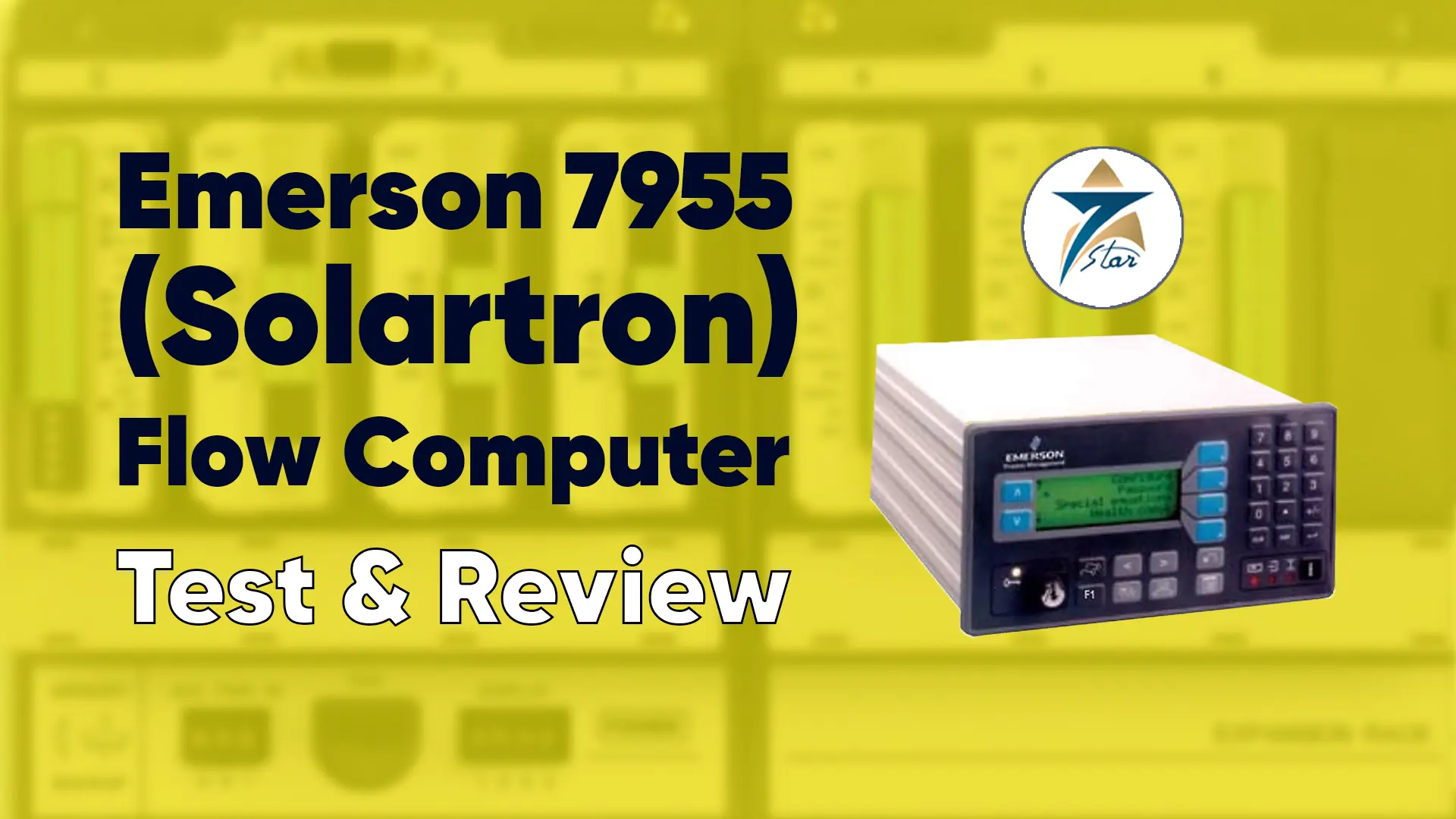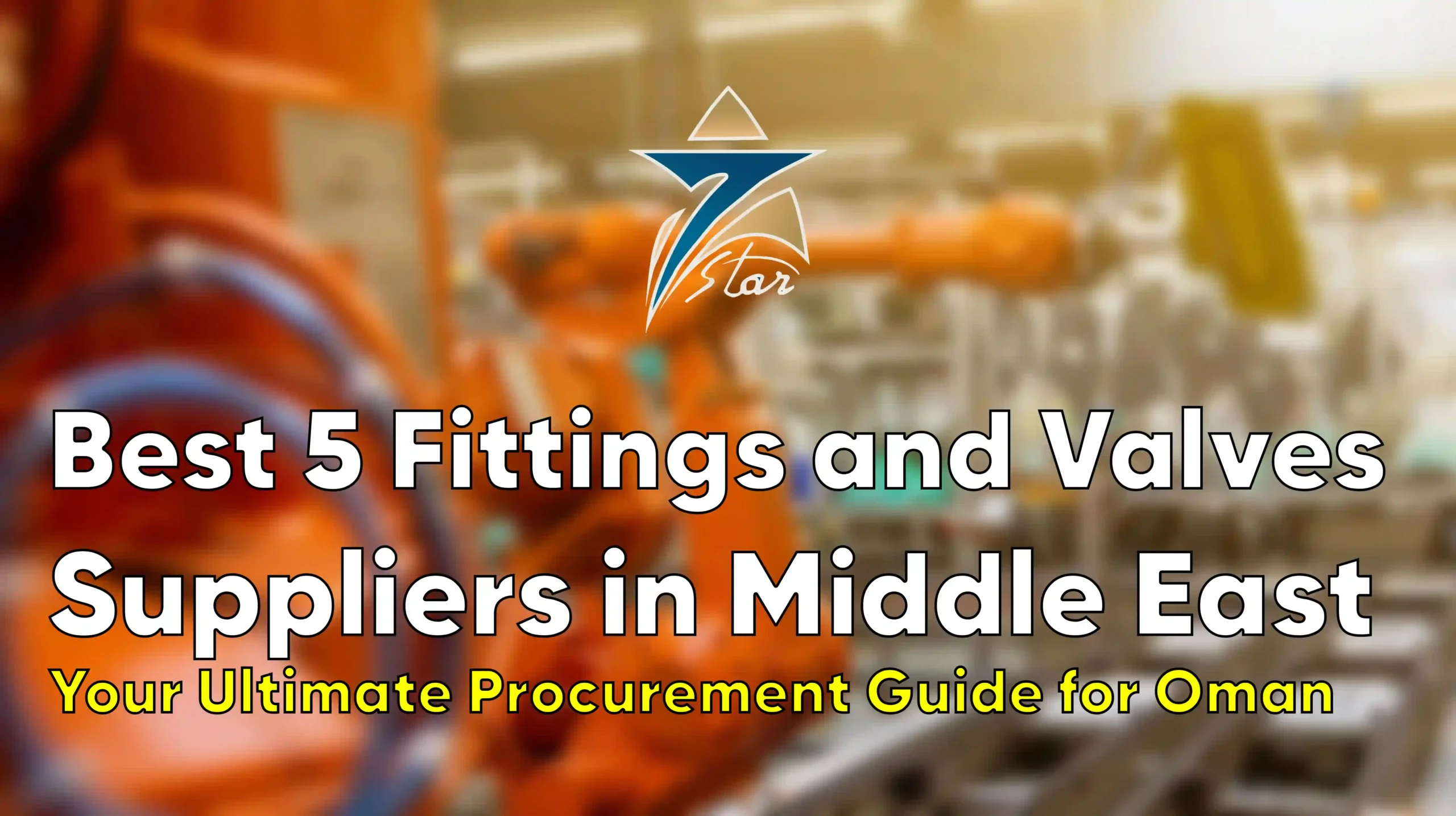Blog
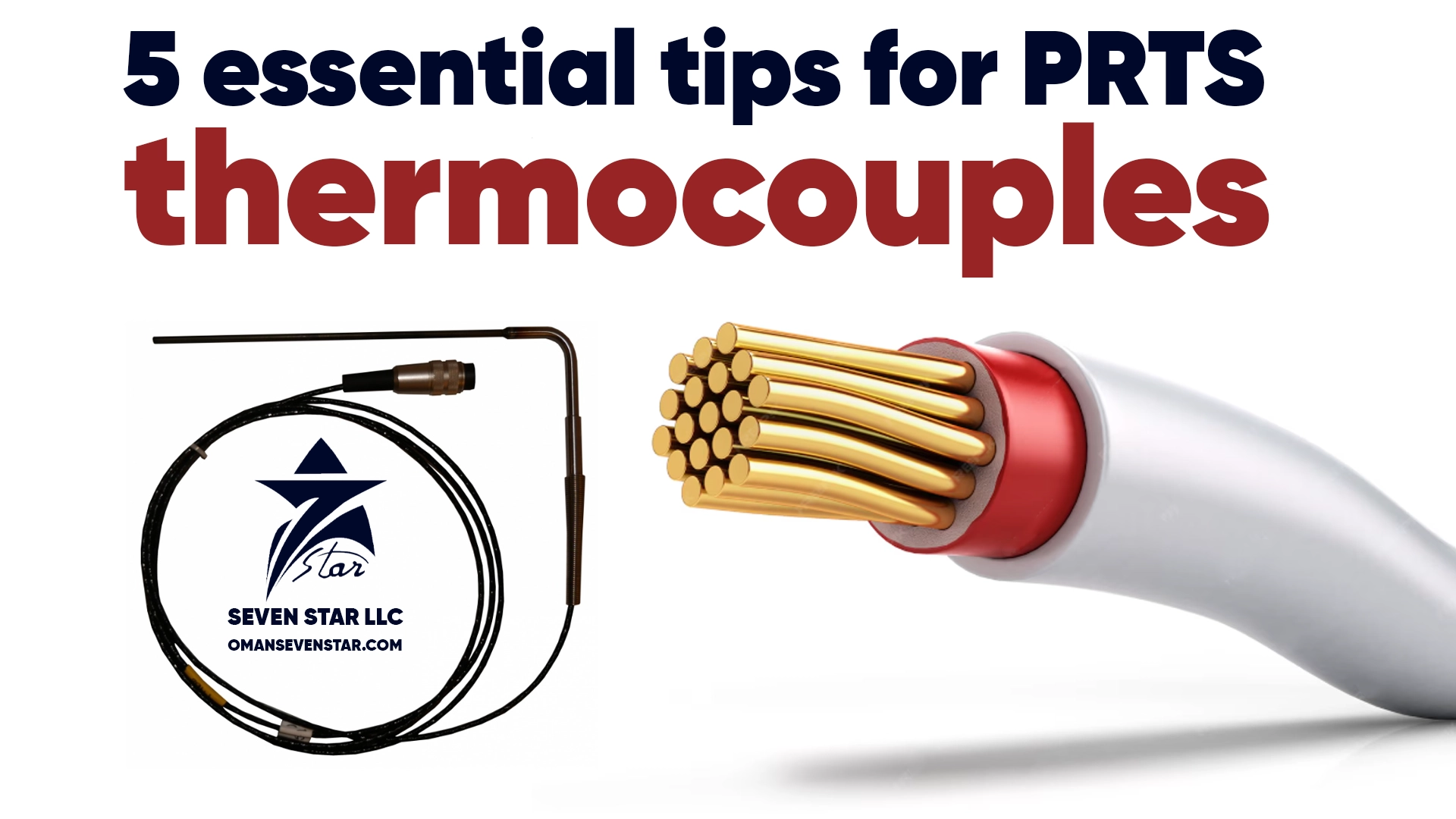
5 Essential Tips for PRTS Thermocouples
Picture this: You’re standing in your facility at 3 AM, and a critical temperature sensor just failed. The production line is down, costs are mounting, and you’re scrambling to find a replacement. Sound familiar? thats why you are reading 5 essential tips for PRTS thermocouples!
If you’re a supply chain or procurement specialist in Oman, you’ve probably faced this nightmare scenario. That’s precisely why understanding 5 essential tips for PRTS thermocouples isn’t just helpful—it’s absolutely critical for your operations.
I’ve spent years working with temperature measurement solutions across Oman’s industrial landscape, and I can tell you that the difference between success and costly downtime often comes down to making informed decisions about your PRTS (Platinum Resistance Temperature Sensors) thermocouples.
What Makes PRTS Thermocouples Your Secret Weapon?
Before we dive into our 5 essential tips for PRTS thermocouples, let’s establish why these instruments deserve your attention. Semi-Standard PRTS thermocouples represent the sweet spot between accuracy and affordability—think of them as the reliable workhorse of industrial temperature measurement.
Unlike their primary standard cousins that cost a fortune, or basic sensors that compromise on precision, Semi-Standard PRTS offer excellent stability with drift rates typically under 0.02°C per year. That’s impressive when you consider the harsh conditions in Oman’s industrial environments.
Essential Tip #1: Choose the Right Temperature Range for Your Application
Here’s where many procurement professionals make costly mistakes. The first of our 5 essential tips for PRTS thermocouples focuses on temperature range selection—and it’s more nuanced than you might think.
Understanding Your Operating Environment

In Oman’s climate, ambient temperatures can easily reach 50°C, but your industrial processes might demand much higher ranges. Semi-Standard PRTS typically cover ranges from -200°C to +670°C, but here’s the catch: the wider the range, the more you might compromise on accuracy at specific points.
My recommendation? Choose the narrowest range that still covers your process requirements with a 20% safety margin. For example, if your process runs at 300°C, select a probe rated for 400°C rather than one that goes to 600°C. that’s why you are reading 5 essential tips for PRTS thermocouples blog!
Popular Temperature Ranges in Oman’s Industries
| Industry Sector | Typical Range | Recommended PRTS Model |
|---|---|---|
| Oil & Gas Processing | -50°C to +400°C | Model 935-14 Series |
| Food Processing | 0°C to +150°C | Standard 3mm diameter |
| Petrochemicals | -100°C to +500°C | 4mm sheath with PTFE cable |
| Power Generation | 50°C to +300°C | Angled probe configuration |
Want to explore specific models? Check out our Isotech Semi-Standard PRTS collection where you’ll find detailed specifications for each temperature range.
Essential Tip #2: Master the Art of Proper Calibration
The second of our 5 essential tips for PRTS thermocouples revolves around calibration—and honestly, this is where I see the most confusion among my clients in Oman.
Why Calibration Isn’t Just a Checkbox Exercise
Think of calibration as your insurance policy. A properly calibrated Semi-Standard PRT can achieve uncertainties as low as ±0.05°C, but an uncalibrated one? You’re essentially flying blind.
Here’s what most people don’t realize: calibration isn’t a one-time event. In Oman’s industrial environment, I recommend annual recalibration for critical applications and bi-annual for general use for 5 essential tips for PRTS thermocouples.
Calibration Best Practices
The Four-Wire Connection Advantage: Always opt for four-wire configurations when precision matters. This eliminates lead wire resistance errors that can throw off your readings by several degrees.
Temperature Points Selection: Don’t just calibrate at room temperature. Choose points that span your actual operating range. For a 0-300°C application, I’d suggest calibration points at 0°C, 100°C, 200°C, and 300°C.5 essential tips for PRTS thermocouples5 essential tips for PRTS thermocouples5 essential tips for PRTS thermocouples5 essential tips for PRTS thermocouples5 essential tips for PRTS thermocouples5 essential tips for PRTS thermocouples5 essential tips for PRTS thermocouples
Documentation is King: Maintain detailed calibration records. Trust me, when an auditor comes knocking, you’ll thank yourself for this habit.
For calibration services and certified reference standards, our Isotech Millik Precision Thermometer offers field-portable calibration capabilities that are perfect for Oman’s distributed industrial sites.
Essential Tip #3: Select Appropriate Sheath Materials and Diameters
The third of our 5 essential tips for PRTS thermocouples addresses a critical but often overlooked aspect: physical construction. Getting this wrong can mean the difference between years of reliable service and premature failure.
Sheath Material Selection Guide

Stainless Steel (316): Your go-to choice for most applications in Oman. Excellent corrosion resistance, handles temperatures up to 600°C, and plays well with most industrial chemicals.
Inconel 600: When you need to push the temperature envelope or deal with aggressive environments. More expensive, but worth every riyal for critical applications.
Ceramic Sheaths: For ultra-high temperature applications or when electrical isolation is paramount. Handle with care—they’re more fragile than metal sheaths.
Diameter Considerations
Here’s something counterintuitive: smaller isn’t always better. While a 3mm probe responds faster than a 6mm one, the larger diameter offers better mechanical stability and longer life in vibrating equipment.
My rule of thumb:
- 3mm: Laboratory and clean room applications
- 4mm: General industrial use
- 6mm: Heavy industrial, high vibration environments
Response Time vs. Durability Trade-off
| Diameter | Response Time | Mechanical Strength | Best Use Case |
|---|---|---|---|
| 3mm | Excellent (τ ≈ 5s) | Good | Clean processes, lab work |
| 4mm | Very Good (τ ≈ 8s) | Very Good | Standard industrial |
| 6mm | Good (τ ≈ 12s) | Excellent | Heavy duty, high vibration |
Essential Tip #4: Implement Smart Installation Practices
The fourth of our 5 essential tips for PRTS thermocouples focuses on installation—because even the best sensor becomes useless if installed incorrectly.
Immersion Depth: The 10x Rule
Here’s a golden rule that will save you countless headaches: immerse your probe to at least 10 times its diameter. For a 6mm probe, that means 60mm minimum. This prevents heat conduction errors that can skew your readings.
Cable Management Strategies
In Oman’s dusty, humid environment, proper cable protection isn’t optional—it’s survival. I’ve seen million-riyal projects derailed by corroded connections.
Best Practices:
- Use IP65-rated junction boxes minimum
- Implement proper strain relief
- Route cables away from electromagnetic interference sources
- Consider armored cable for harsh environments
Avoiding Common Installation Pitfalls
The Thermal Well Trap: Always use thermal wells in pressurized systems, but choose the right fit. Too loose, and you’ll have poor thermal contact. Too tight, and thermal stress might damage your probe.
The Self-Heating Error: Keep measurement currents low. For Semi-Standard PRTS, I recommend staying below 1mA to minimize self-heating effects.
Want to see installation best practices in action? Our team provides on-site consultation services throughout Oman—just reach out through our marketplace platform.
Essential Tip #5: Establish Preventive Maintenance Protocols
The final tip in our 5 essential tips for PRTS thermocouples guide addresses the often-neglected aspect of maintenance. In my experience, proactive maintenance is what separates world-class operations from those constantly fighting fires.
Creating Your Maintenance Schedule
Monthly Visual Inspections:
- Check cable integrity
- Verify junction box sealing
- Look for signs of corrosion or mechanical damage
- Test display readings against expected values
Quarterly Performance Checks:
- Compare readings with redundant sensors
- Check insulation resistance
- Verify four-wire connection integrity
- Document any drift patterns
Annual Deep Maintenance:
- Full calibration verification
- Cable replacement if needed
- Thermal well inspection and cleaning
- Update maintenance records
Predictive Maintenance Indicators
Smart operators don’t wait for complete failure. Watch for these warning signs:
Gradual Drift: If readings slowly creep away from expected values, it’s time for recalibration or replacement.
Erratic Behavior: Sudden jumps or noise in the signal often indicate connection issues or sensor degradation.
Response Time Changes: If your probe starts responding slower than usual, check for contamination or mechanical issues.
Building Your Spare Parts Strategy
Here’s something I learned the hard way: having the right spare parts available can make or break your maintenance program. For PRTS thermocouples in Oman’s industrial environment, I recommend maintaining:
- 20% spare inventory for critical applications
- Complete probe assemblies, not just sensors
- Spare cables and connection hardware
- Calibration standards for field verification
Frequently Asked Questions About Semi-Standard PRTS Thermocouples
Q: What exactly is a Semi-Standard PRTS thermocouple? A: A Semi-Standard PRTS (Platinum Resistance Temperature Sensor) is an industrial-grade temperature probe that uses platinum’s predictable resistance change with temperature. It offers better accuracy than standard RTDs while being more cost-effective than primary standards.
Q: How accurate are Semi-Standard Platinum Resistance Thermometers? A: These instruments typically achieve accuracies of ±0.1°C to ±0.3°C, depending on the temperature range and calibration quality. With proper calibration, some models can reach ±0.05°C accuracy.
Q: What temperature range do Semi-Standard PRTS typically cover? A: Most Semi-Standard PRTS cover ranges from -200°C to +670°C, though specific models may have narrower ranges optimized for particular applications.
Q: How do Semi-Standard PRTS differ from Primary or Standard PRTs? A: Primary standards offer the highest accuracy but cost significantly more. Semi-Standard PRTS provide excellent accuracy for industrial use at a fraction of the cost, while Standard PRTS are the most economical but least accurate option.
Q: Can Semi-Standard PRTS be custom-calibrated to specific requirements? A: Absolutely! Custom calibration is one of the key advantages of Semi-Standard PRTS. You can specify calibration points that match your exact operating conditions for optimal accuracy.
Making the Right Choice for Your Oman Operations

Implementing these 5 essential tips for PRTS thermocouples isn’t just about buying better equipment—it’s about building a more reliable, efficient operation that can withstand Oman’s challenging industrial environment.
Whether you’re managing a petrochemical facility in Sohar, overseeing food processing in Muscat, or running power generation equipment anywhere across the Sultanate, the principles remain the same: choose the right range, maintain proper calibration, select appropriate construction, install correctly, and implement preventive maintenance.
Your Next Steps
Ready to upgrade your temperature measurement capabilities? Here’s what I recommend:
- Assess Your Current Setup: Review your existing PRTS installations against these five essential tips
- Identify Gaps: Where are you falling short? Calibration? Installation? Maintenance?
- Plan Your Upgrades: Prioritize critical applications first
- Partner with Experts: Don’t go it alone—work with experienced suppliers who understand Oman’s unique challenges
Why Seven Star LLC Should Be Your PRTS Partner
As Oman’s leading supplier of precision temperature measurement equipment, we understand the unique challenges you face. Our extensive inventory includes the complete range of Isotech Semi-Standard PRTS, and our local expertise ensures you get not just the right product, but the right solution.
What sets us apart:
- Comprehensive local inventory in Oman
- Expert technical support and consultation
- Calibration services and maintenance programs
- Custom solutions for unique applications
Can’t find exactly what you’re looking for? Our B2B Industrial Marketplace connects you with a network of trusted suppliers, ensuring you get the right PRTS thermocouples for your specific needs.
Join our marketplace as a buyer here to access exclusive quotations and priority support, or register as a supplier here if you’re looking to expand your reach in Oman’s growing industrial market.
For more insights into precision temperature measurement, check out our detailed guide on 5 Key Benefits of Using the Isotech Millik Precision Thermometer.
Remember, when it comes to temperature measurement in Oman’s industrial environment, these 5 essential tips for PRTS thermocouples aren’t just recommendations—they’re your roadmap to operational excellence. The question isn’t whether you can afford to implement them, but whether you can afford not to.
Advanced Considerations for PRTS Thermocouples in Oman’s Industrial Landscape
Understanding the Economics of PRTS Investment
When implementing these 5 essential tips for PRTS thermocouples, smart procurement professionals look beyond the initial purchase price. Let’s talk numbers that matter to your bottom line.
Consider this scenario: A standard RTD might cost 30% less upfront, but if it drifts by 2°C over two years in your process, that could translate to millions of riyals in product quality issues or energy waste. Semi-Standard PRTS, with their superior stability, often pay for themselves within the first year through improved process control alone.
Total Cost of Ownership Analysis:
- Initial investment: Semi-Standard PRTS cost 40-60% more than basic RTDs
- Calibration frequency: Annual vs. quarterly for basic sensors
- Replacement cycle: 5-7 years vs. 2-3 years for standard sensors
- Process efficiency gains: Typically 2-5% improvement in critical applications
The Role of Environmental Factors in Oman
Oman’s unique environmental conditions demand special attention when applying our 5 essential tips for PRTS thermocouples. The combination of high ambient temperatures, salt-laden coastal air, and occasional sandstorms creates challenges you won’t find in European or North American industrial guides.
Seasonal Considerations: During Oman’s summer months, ambient temperatures can exceed 45°C, affecting your sensor’s performance in unexpected ways. I’ve seen installations where thermal expansion of mounting hardware created measurement errors that only appeared during peak summer conditions.
Humidity Management: The coastal humidity, especially in areas like Sohar and Sur, can wreak havoc on electrical connections. Even with proper IP ratings, moisture can gradually degrade insulation resistance. That’s why our preventive maintenance protocols emphasize quarterly insulation testing rather than the typical annual checks recommended for temperate climates.
Integration with Modern Process Control Systems
Today’s 5 essential tips for PRTS thermocouples must account for digital integration capabilities. Gone are the days when a simple 4-20mA output was sufficient. Modern Semi-Standard PRTS can interface with HART, Foundation Fieldbus, or Ethernet protocols, providing not just temperature readings but diagnostic information that prevents unexpected failures.
Smart Diagnostics Features:
- Self-monitoring for sensor drift
- Cable integrity assessment
- Environmental condition tracking
- Predictive failure algorithms
These features transform reactive maintenance into predictive maintenance, reducing unplanned downtime by up to 60% in typical Oman industrial applications.
Regulatory Compliance and Standards in Oman
Compliance isn’t optional in Oman’s regulated industries. When implementing our 5 essential tips for PRTS thermocouples, you must consider local and international standards that govern your operations.
Key Standards to Consider:
- IEC 60751 for PRT characteristics
- ASTM E1137 for PRT specifications
- API standards for oil and gas applications
- Local Omani building and safety codes
Our Isotech Semi-Standard PRTS come with full compliance documentation, making your regulatory audits smoother and more predictable.
Training Your Team for Success
The best PRTS thermocouple is only as good as the team managing it. I’ve learned that investing in proper training yields returns that far exceed the initial cost. When your technicians understand these 5 essential tips for PRTS thermocouples at a deep level, they become problem-solvers rather than problem-reporters.
Essential Training Topics:
- Proper handling techniques to prevent contamination
- Connection verification procedures
- Troubleshooting common field issues
- Emergency replacement protocols
- Documentation and record-keeping best practices
Building Strategic Partnerships
In Oman’s industrial ecosystem, success often depends on the strength of your supplier relationships. When choosing PRTS thermocouples, you’re not just buying a product—you’re investing in a partnership that will support your operations for years to come.
Seven Star LLC’s approach goes beyond traditional supply. We offer:
- On-site consultation and application engineering
- Custom calibration services tailored to your processes
- Emergency support for critical applications
- Regular performance reviews and optimization recommendations
Future-Proofing Your Investment
The industrial landscape in Oman continues to evolve rapidly. Vision 2040 initiatives are driving increased automation and digital integration across all sectors. When applying our 5 essential tips for PRTS thermocouples, consider how your choices today will align with tomorrow’s requirements.
Emerging Trends:
- Wireless sensor networks for remote monitoring
- AI-driven predictive maintenance systems
- Enhanced cybersecurity for industrial IoT devices
- Sustainability metrics and energy optimization
The Seven Star Advantage in Action
Let me share a recent success story that illustrates these 5 essential tips for PRTS thermocouples in practice. A major petrochemical facility in Sohar was experiencing frequent temperature sensor failures, causing production delays and quality issues.
Our team conducted a comprehensive assessment and discovered that their existing sensors were incorrectly specified for the application. By implementing proper temperature range selection (Tip #1), establishing rigorous calibration protocols (Tip #2), upgrading to appropriate sheath materials (Tip #3), correcting installation issues (Tip #4), and implementing a preventive maintenance program (Tip #5), we reduced their sensor-related downtime by 85% within the first year.
The total project investment was recovered in just 8 months through improved reliability and process optimization.
Your Competitive Edge
In Oman’s competitive industrial environment, operational excellence isn’t just an advantage—it’s a necessity for survival. These 5 essential tips for PRTS thermocouples represent your opportunity to gain that edge through superior temperature measurement capabilities.
Don’t let another day pass with suboptimal temperature measurement compromising your operations. Whether you’re managing existing facilities or planning new installations, the principles outlined in this guide will serve as your roadmap to measurement excellence.
Visit our comprehensive marketplace platform to explore the full range of available solutions, or contact our technical team for personalized consultation on your specific applications.
Ready to revolutionize your temperature measurement capabilities? Contact Seven Star LLC today and discover how the right PRTS thermocouples can transform your operations.


